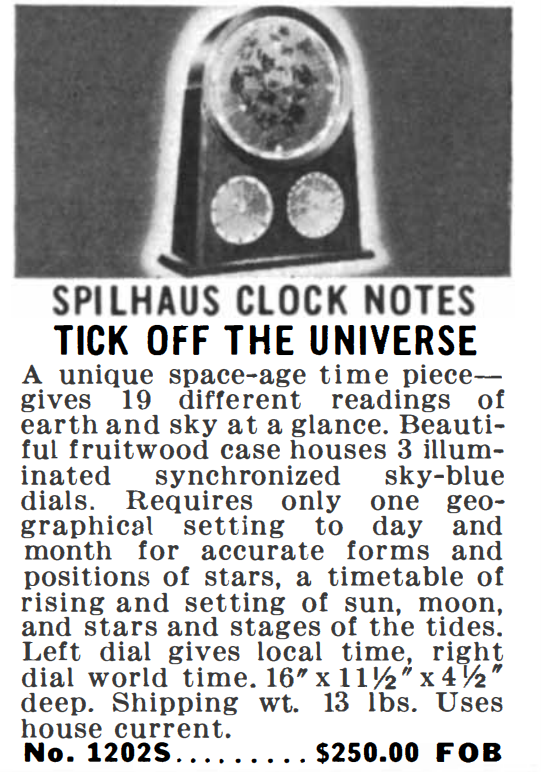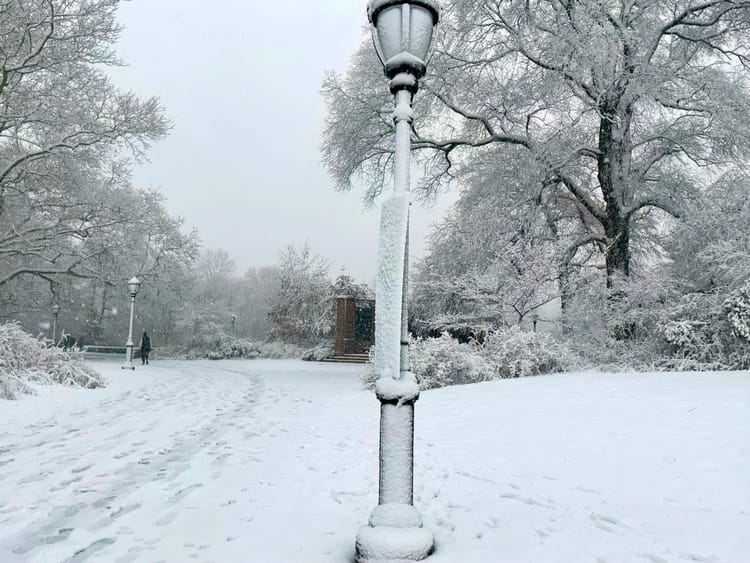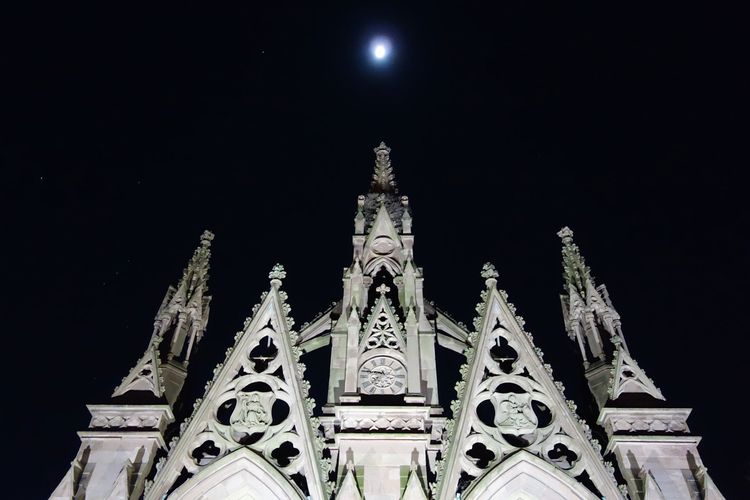Poised Between Light and Dark

As the warmth fades from our streets, as your morning coffee increasingly trends hot over iced, as you begin stowing a jacket in your bag (just in case), the light is slowly ebbing from our sky. The sun will not set after 7pm again until March 13th.
In these days surrounding the autumnal equinox, you will wake with a start in the middle of the night as your radiator bangs to life, proclaiming the end of its estivation. You will begin to realize that the weekday moments of light are slipping through your lunch hours and stretched to a thin gray when you emerge from the subway. But it is not all a tumble into clangorous gloom: because the sun hangs lower in the sky, showers will offer a greater opportunity for rainbows.
So, balance yourself on this thin line of time. On a quiet street, let the setting sun catch your back. Stretch out your arms and radiate your spectrum onto the block ahead. Welcome. You have arrived at autumn’s door.

- St. Mark’s Church-in-the-Bowery holds a unique place in Manhattan. It sits on one of the few streets running east-west—a rarity, given the grid’s tilt of about 29 degrees from true north—and fronts a sliver of open space unusual amongst the city’s crowded curbs. This anomalous position means that twice a year (on the spring and fall equinoxes), around noon, the nave floods with light from the south-facing rose window. The stained glass was installed in the 1980s and the intertwining spirals of the rose window represent growth and evolution. If you find yourself in the East Village around midday on the equinox, you might just pop your head in…
- Just inside the gate of St. Mark’s Church-in-the-Bowery is a metal cage with a rosebush growing alongside. It may look unremarkable, but it was installed by artist Gordon Matta-Clark in the early 1970s as one of his many interventions to change perception of the city in subtle or monumental ways, from an aperture cut into a derelict Hudson River pier to a cherry tree planted in a basement.
- Follow Stuyvesant Street to Astor Place and you will be tracing the path of a Lenape trail to Kintecoying, the “Crossroads of Three Nations.” There, perhaps near where today's “Alamo” cube stands (sadly bolted into place at the moment after years of joyous spinning), there towered a tree. Under it, people from three tribal groups would meet for councils, games, and trade. Although the street now appears to defy the grid system around it, it is among the oldest routes to travel this island and follow its ghosts.




